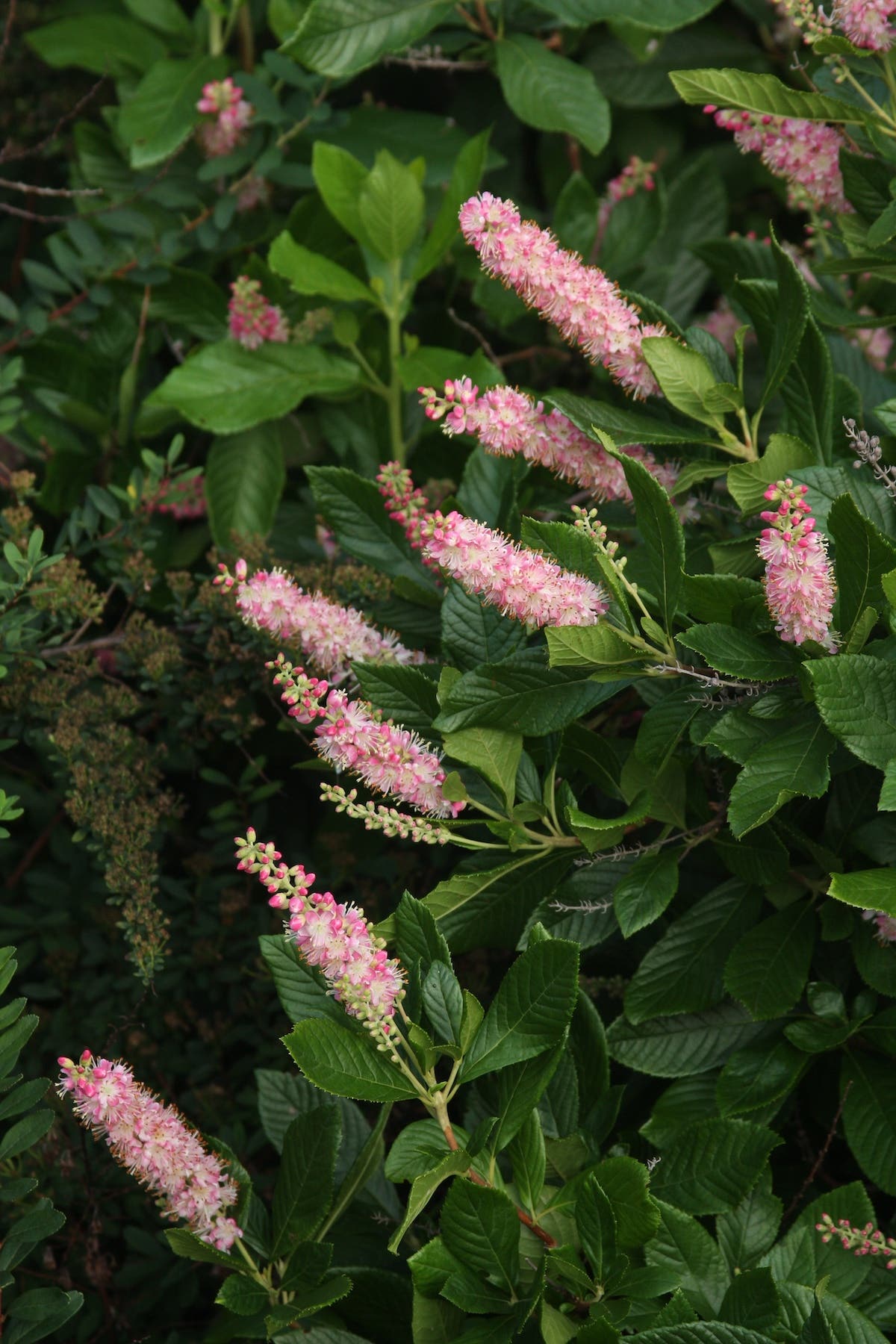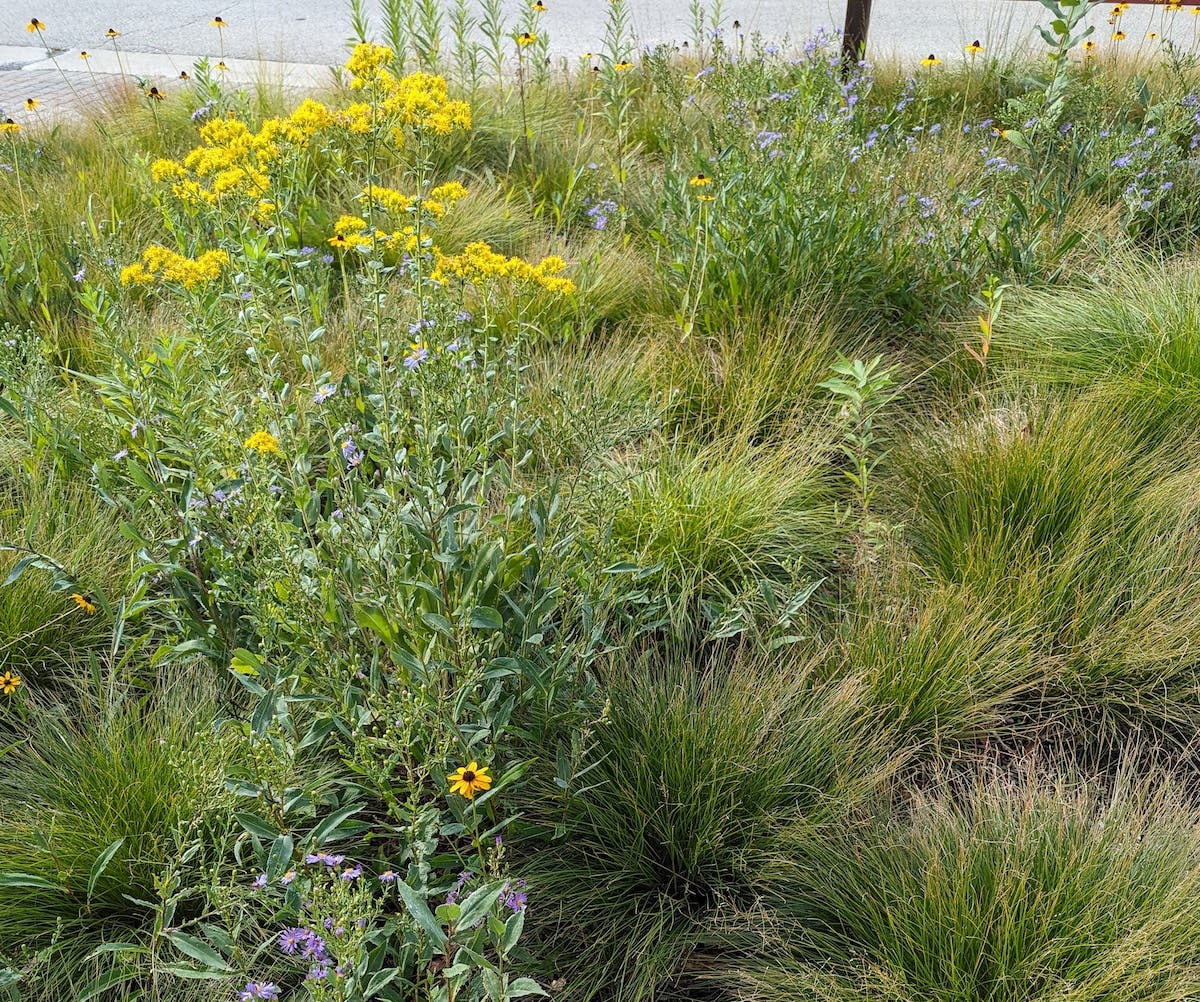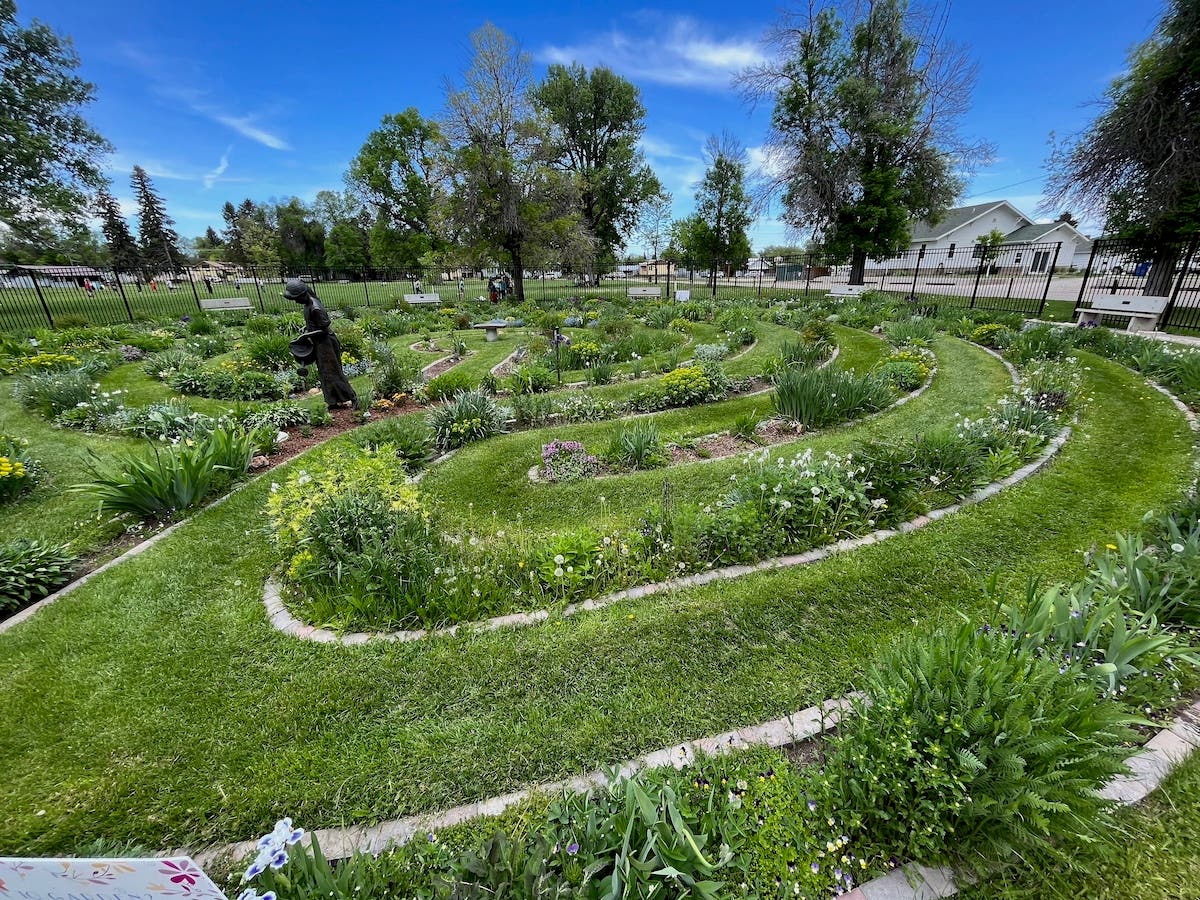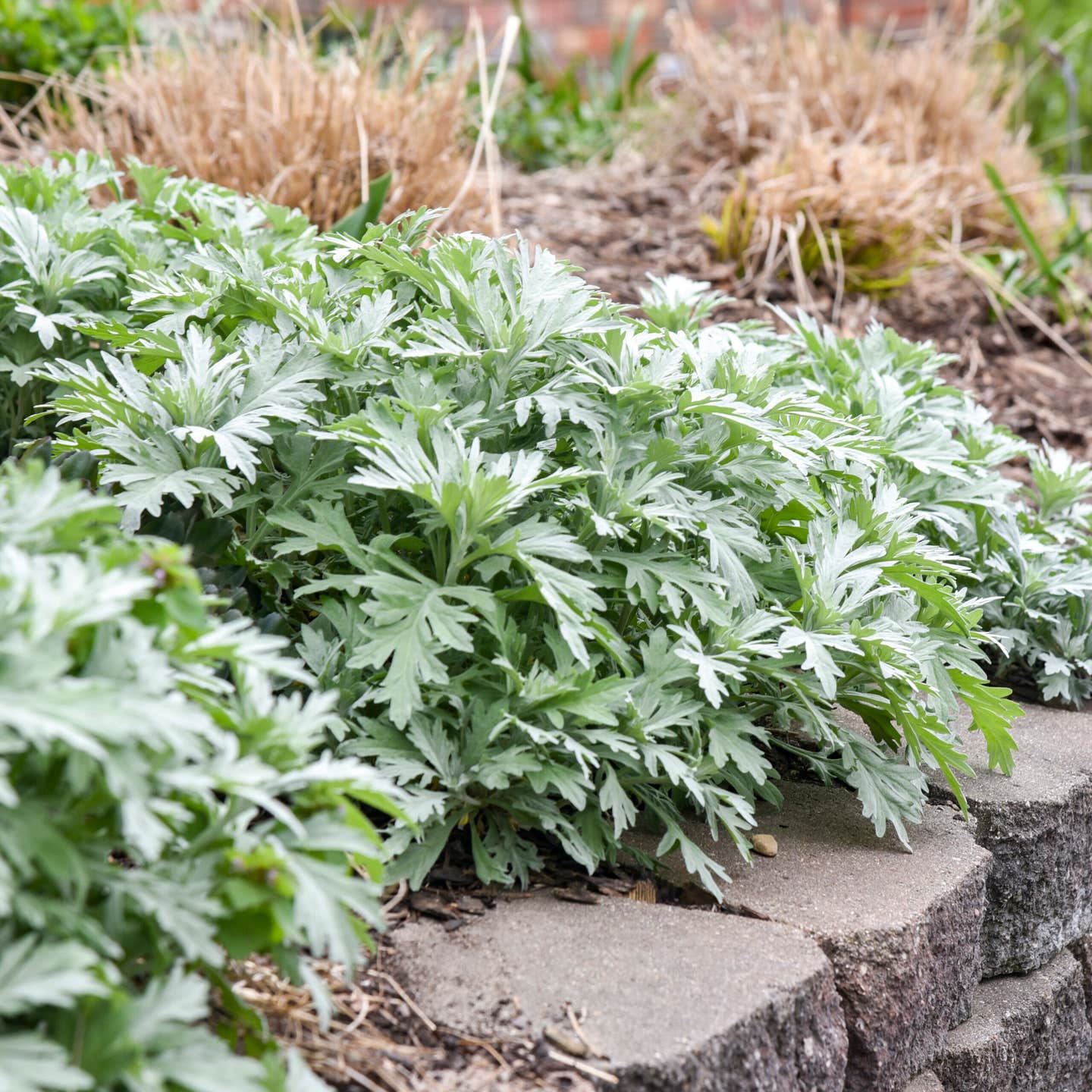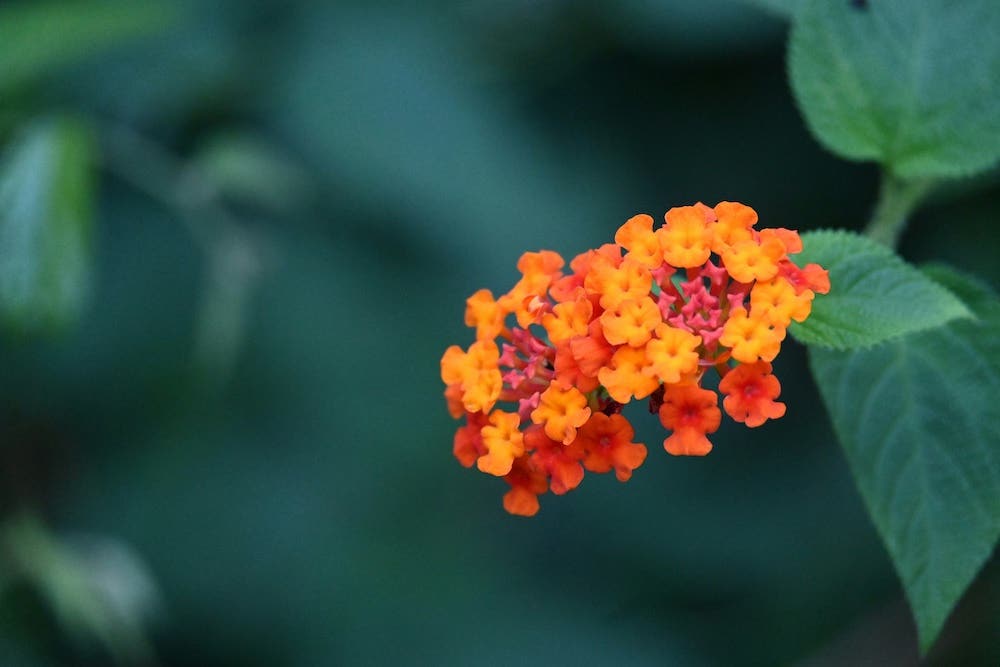Taking Stock of the Fall Garden
Now is the perfect time to take a critical eye to the garden and identify areas that will benefit from new trees and the division of perennials. Here are few…
Now is the perfect time to take a critical eye to the garden and identify areas that will benefit from new trees and the division of perennials. Here are few key points to keep in mind as you evaluate your garden and begin planting.
Perennials
If you think your perennials need dividing, chances are they do. Most perennials respond well from dividing every three years. For example, are you noticing bald spots in the center of your Siberian iris or ornamental grasses? If yes, then it is time to divide. With a few exceptions (such as blue false indigo, peonies, Cimicifuga, butterfly weed, Astilbe, columbine and Russian sage) most perennials respond well from regular divisions.
Tips for Dividing Perennials
• The number of eyes in a mature plant will dictate how many cuts or divisions you can make. The fewer number of eyes, the slower a newly divided plant will thrive in its new spot. My rule of thumb is three eyes per new division. I do tend to break the rule with hostas and daylilies–they seem to thrive on even the tiniest of divisions.
• Use clean tools to minimize transmission of plant diseases.
• Divide plants on cool, overcast days to reduce the amount of stress on the plant.
• Preparer new planting areas before you divide. The less time the plant is out of the soil, the better.
• Water plants immediately after transplanting.
Adding New Trees
• Will the new trees create or add to a shaded area? Is this desirable?
• How large will the mature tree become? Do you have room in the garden?
• Will the tree’s height interfere with power lines, the home or other nearby trees?
• New trees require a bit of care, especially if the following spring and summer are hot and dry. Can you easily water the newly planted tree? The better able you are to care for the tree in its early years, the more likely it will thrive into adulthood


